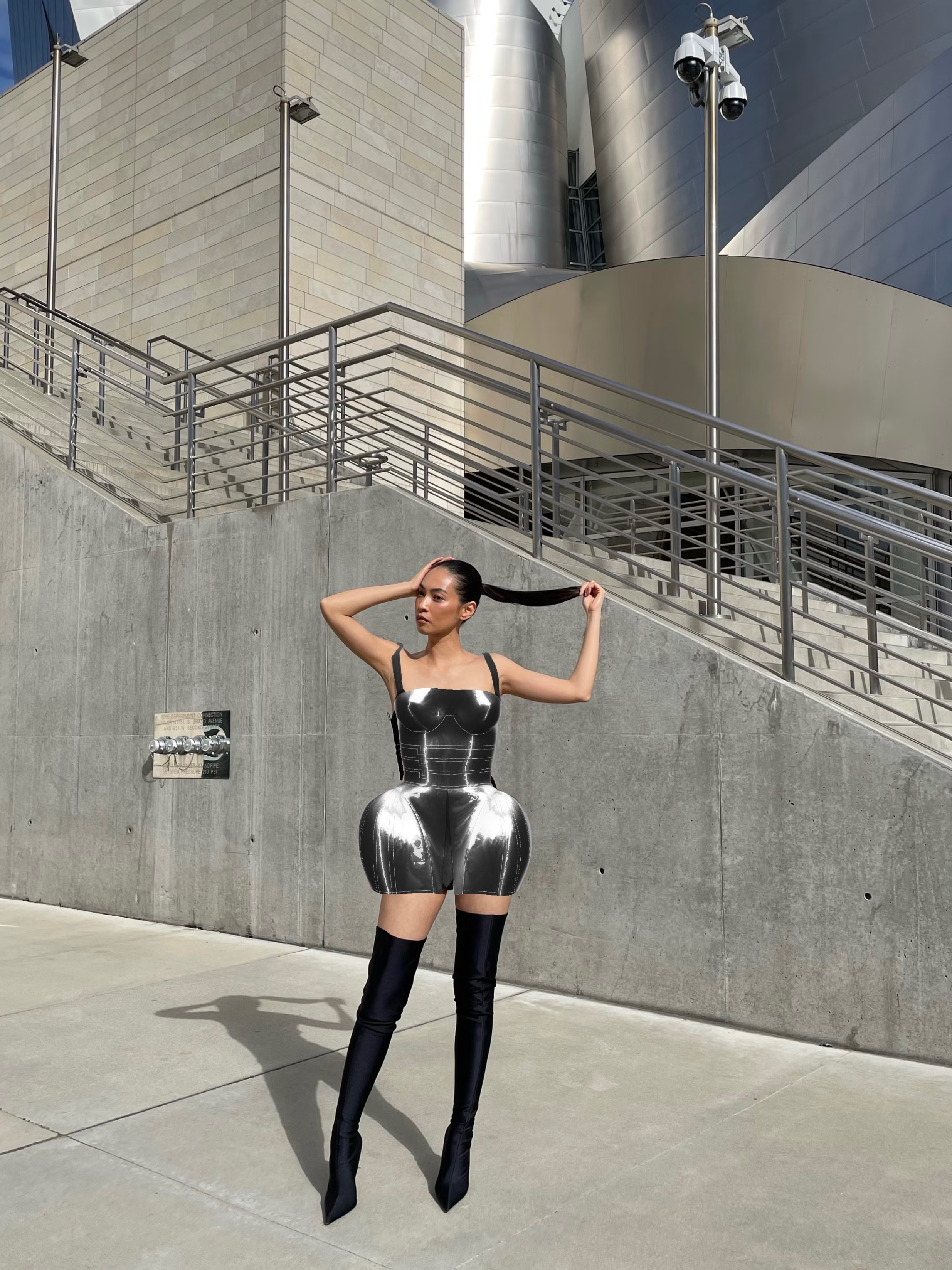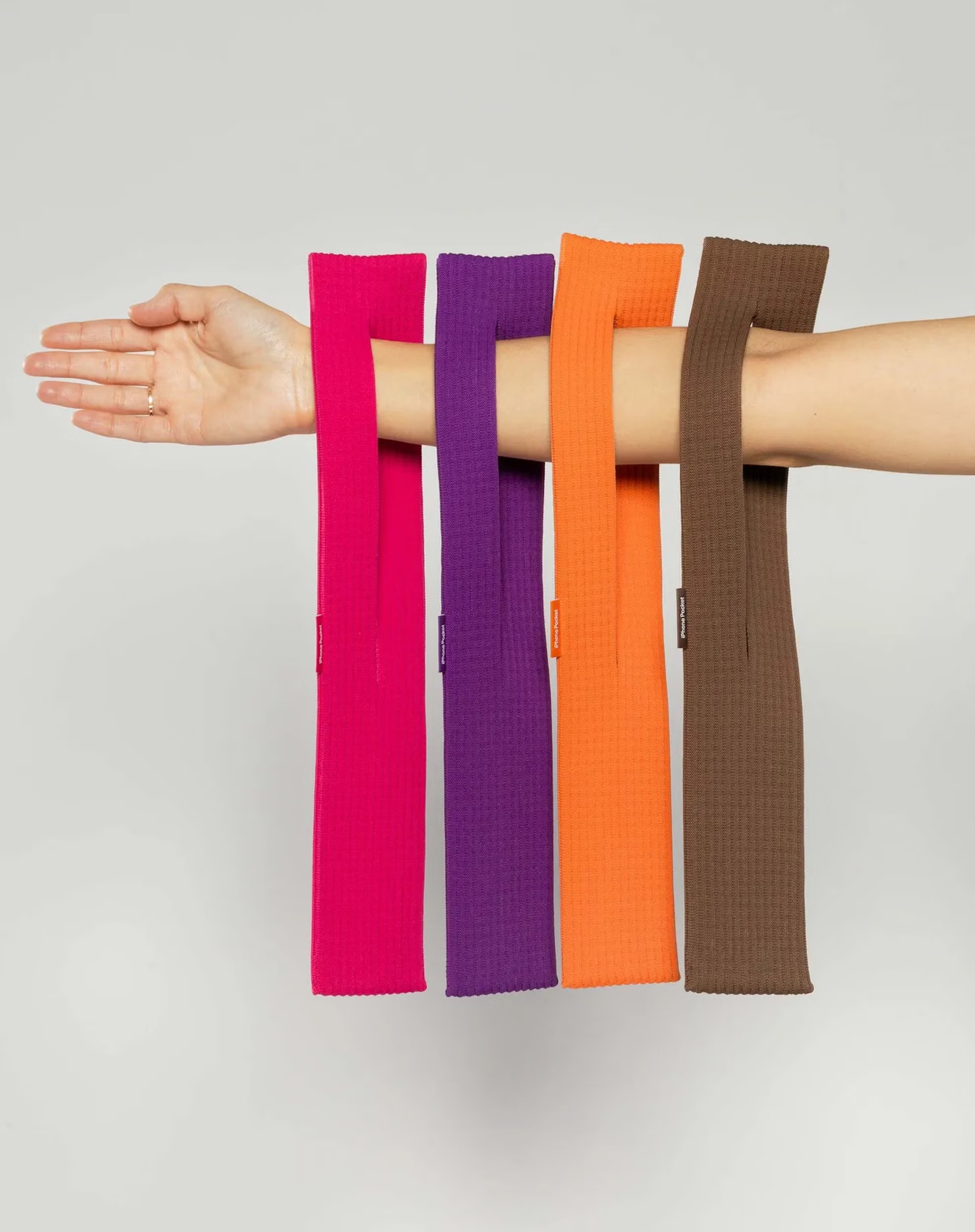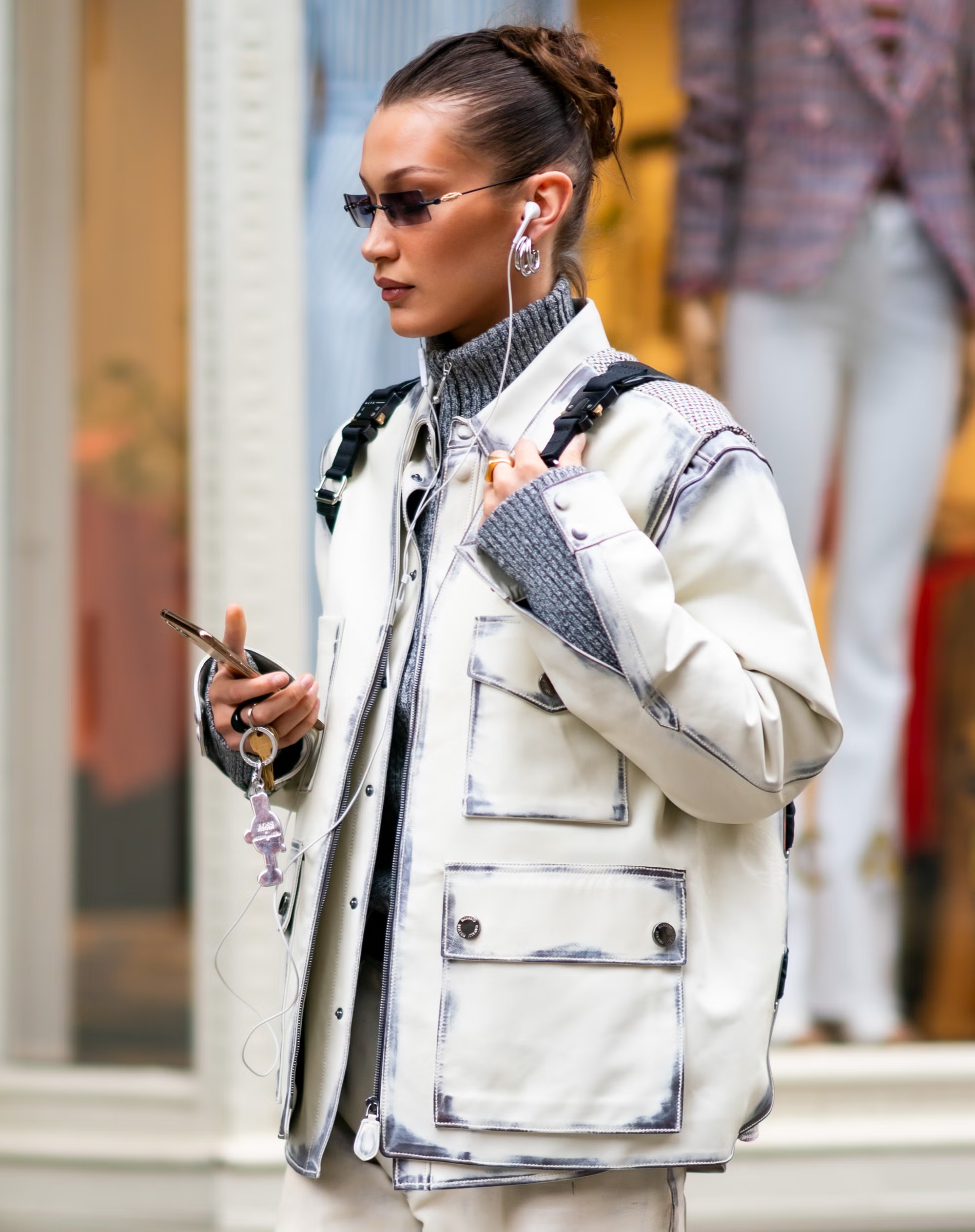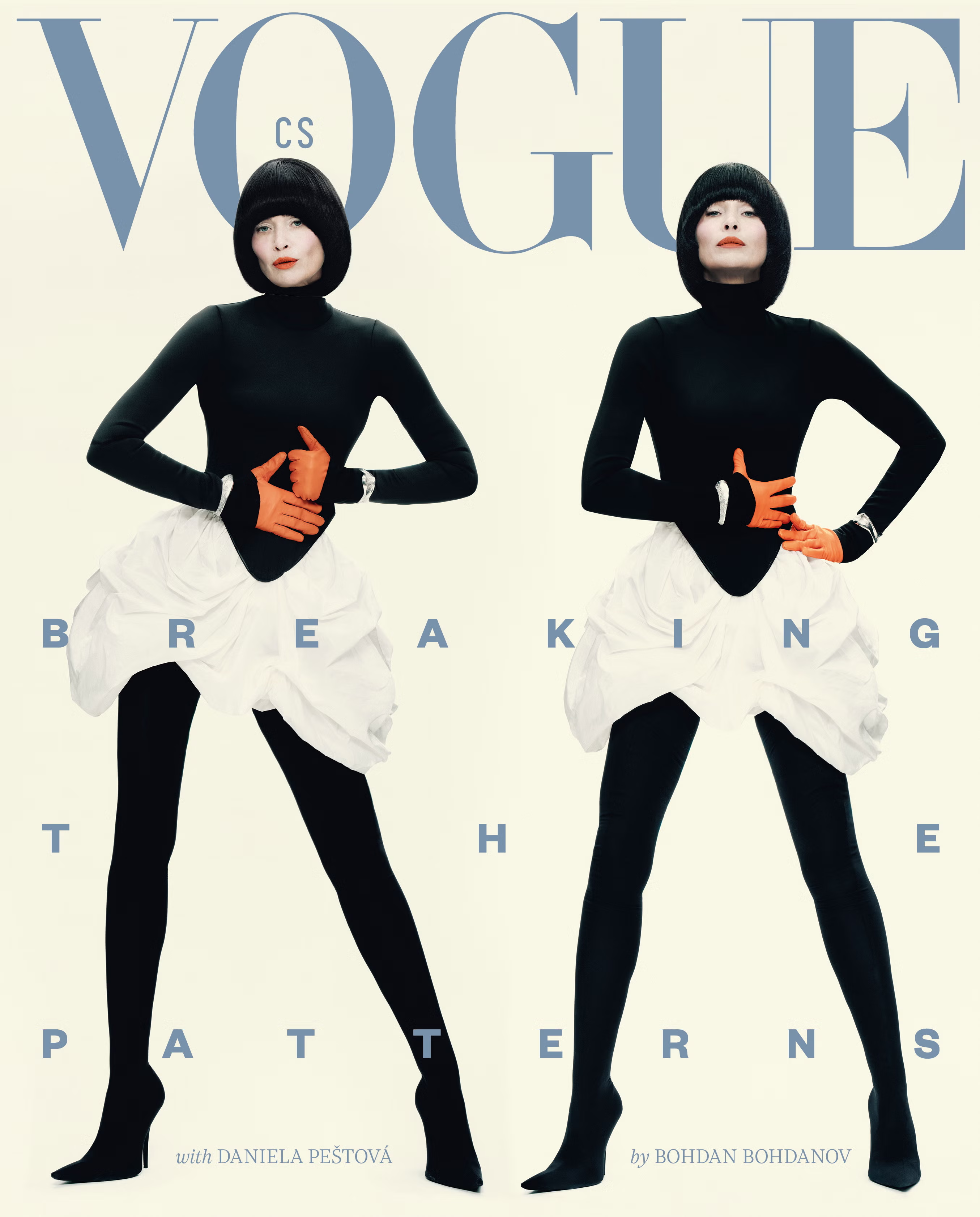Vogue CS in English




From Zero to One Hundred
Jan Boublík20. 2. 2023
After many years of working in fashion, entrepreneur, and visionary George Yashin realized that the industry with its relentless pace and old processes had to be changed, so he decided to do it with the help of technology. He went head-to-head, which is why his start-up ZERO10 is a leading innovator in virtual fashion creation and AR clothing try-on. In collaboration with Vogue CS, ZERO10 is bringing trends to life.

Foto: Courtesy of Zero10
George Yashin
I always wanted to try something on from Loewe; by myself, without the judging looks of others. Now, thanks to your project and our March issue I can. But still, it seems to come late in the game, such a huge collab with big possibilities. Why aren’t there more collaborations of digital creators and real fashion houses? Do you get many offers from brands/maisons?
I think before we start this conversation it is important to define the concept and term ‘digital fashion’. Digital fashion is a unique fashion industry phenomenon that occurred 2-3 years ago as an idea created by certain visionaries. It inspired early adopters and only now starts coming out of the shadows on the world stage to change the industry forever. The crucial characteristics of this phenomenon is its technological complexity and its novelty. The technology aspect is the biggest barrier to independent projects and startups. Along with that, being the new-kid-on-the-block also slows down the mass adoption of technology into the market and ultimately, its further adaptation. Brands and creators need to have a lot of courage and be truly ready for the uncertainty, while only advanced players can take this step. 2023 will be a “time of the brave”; increased requests from the brands we receive and our upcoming projects only prove it. For me personally, it means that such projects as Vogue CS x ZERO10 are major steps for the whole fashion industry and may finally put to rest any doubts that digital fashion was just a passing trend. This phenomenon and concept will remain for a long time.

Foto: Courtesy of Zero10
Louis Vuitton, SS23

Foto: Courtesy of Zero10
Dolce & Gabbana, SS23

Foto: Courtesy of Zero10
Dior, SS23
Can you specify the relationship within the industry subjects? Is Zero10 and studios like yours more like translators of visions from others, or, more like creators of their own vision? Or how do you perceive your own work?
Startups at the intersection of technology and fashion, as ZERO10 is, are clearly visionaries, drivers of change, and creators of a new reality. The time of “studios” and “agencies” will come much later, the moment such companies, like ours, in collaboration with well-established brands, create the market, products, and technologies. I believe that all companies in this field do one common thing which is shaping a new market. No one knows what it will be like and no one will be able to answer that question without the experiments and projects we are working on right now.
Can you take us back to the time you were launching ZERO10?
I like to look back on this time when the idea was so fresh. Everything started at the end of 2019 while preparing for the launching of my fashion brand’s collection for the January Paris Fashion Week showroom. The collection was called “Unready to wear” and it wasn’t just a creative concept behind it, but it was absolutely true because we didn’t have enough time to finish it. We developed this theme and brought, consciously, garments that weren't finished. Afterward, we realized that it was a common struggle for many other brands and buyers. The industry was moving so fast that the scale everyone was operating at wasn’t sustainable with old production processes and technologies. After coming back home from Paris, the pandemic just hit and I wondered what processes in the fashion industry have to be changed and how. I always start with totally unrealistic concepts and gradually modify them. After preparing the 36 pages of the manifest about digital fashion I figured out what I wanted to do. Creating the technology for clothing try-on in real-time became my main idea and purpose, and only later this idea was modified and turned into product concepts and business solutions. We took a serious risk to research and develop our own technology but we see now that our decision has begun to prove results we couldn’t even think about. When your company is one of the two companies in the world that owns its own proprietary AR clothing try-on technology, it’s a huge achievement for anyone.
In your opinion, how has digital fashion helped shape the contemporary retail shopping industry so far?
I think we don’t have enough information, case studies, and data to estimate the contribution of digital fashion. I think we have to be patient and focus on the smooth and meaningful exploration of this phenomenon and what it will bring in the future. The one thing I can say with certainty is that 2023 will be a year of digital fashion. Over the course of this year, we will know and witness much more than the past two or three years since this idea appeared.

Foto: Courtesy of Zero10
George Yashin
Of course, it is a more sustainable way to produce and distribute fashion ideas. But isn't it also true that in some way digital fashion helped consumerism? We are still hungry for more, but instead of fabric, it is data.
Unfortunately, I think this pattern is not about to change. However, we can shift the focus of our attention to data instead of fabric. The increasing level of content and information consumption has its consequences but I am sure that the production of technological content brings less harm to our planet. If this content takes our attention and satisfies our demand for consumption, I think it will be a good change.
Would you say that the recognition of the potential that digital fashion and Metaverse offers is increasing? And how?
I would say that recognition is about to come. More importantly, though, this recognition is warranted and based on value; not on hype. Global changes and world crises put the digital fashion industry in a position where its value has to be proven. On one hand, it’s a challenging situation that other modern trends didn’t go through but on the other hand, it’s a fair position. It’s a pleasure for me to prove the value of our company in a transparent and tolerant space.
Don’t you think that there is a sort of risk that by embracing digital garments we will lose touch with the real one? That we will lose that experience with, for example, cashmere sweaters or vegan fur coats?
Digital fashion won’t replace or overshadow physical clothing, at least, in the next one hundred years. By having an alternative, through this new experience, we will be able to control the power of digital fashion in our lives and take traditional fashion in a new, more mindful, and responsive direction. Just look back at the pandemic that was supposed to destroy our “offline” interests. Thanks to the pandemic, we witnessed helpful technology entering our lives with huge impact, yet a certain value of a real conversation stayed the same, maybe became more precious.
What is the thing you are looking forward to in the future?
I want to see how millions of people use new technologies, how the fashion industry changes for the better, and how ‘the traditional’ rules, which are already boring everyone, disappear and open new doors. I want to witness how the beauty and power of an Idea can change this world and make the lives of people everywhere more interesting.
Vogue
Doporučuje

Design
Limitka, nebo kulturní artefakt?
Jan Boublík13. 11. 2025
Novinky
Značky Apple a Issey Miyake spojily síly: iPhone Pocket je poctou designové genialitě
Ashley Ogawa Clarke11. 11. 2025
Doplňky

